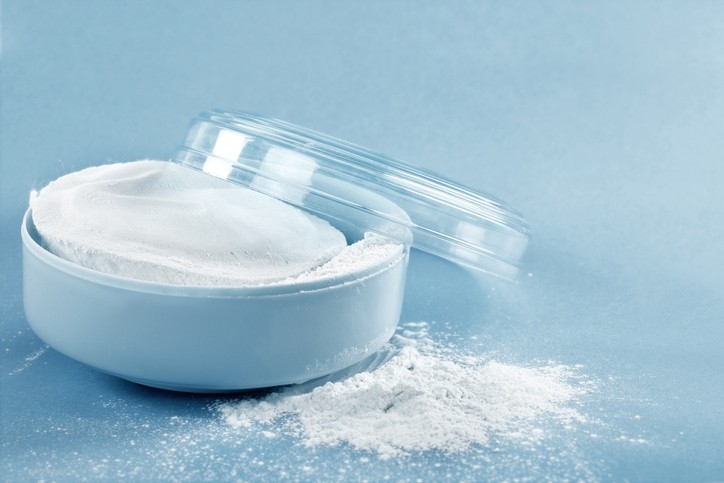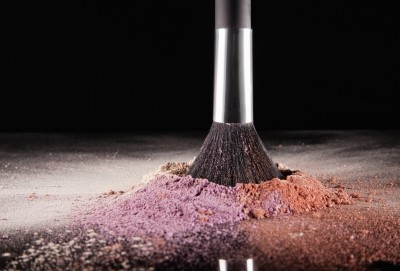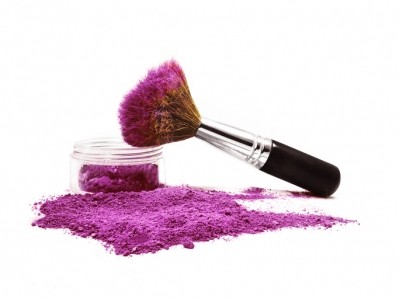Q&A
100% talc-free line was not about replacing talc but about rethinking powders, says Gotha

Can you tell me about how you decided to transition to a talc-free formula?
Viviana Barker Hemings: We started formulating talc-free for, I would say, a couple of years ago because of the trends and requests from our clients coming specifically from the US, because you have had an issue there and a very strong conversation, and also lawsuits, around the usage of talc in some products.
It’s true that most of our clients were a bit scared about this topic. It’s true that nothing is set about talc, the fact that it is a bad ingredient or has bad effects on your health, so on. Nothing is set about that, but it’s true that consumer passion has changed a lot, and so we are adapting to that since we are always aligned with trends and our clients’ needs.
We see more and more need to have formulas and ingredients without talc, so we also started creating a fresh collection dedicated 100% to talc-free formulas. It’s very interesting in terms of research, because to find substitutes is really challenging, and at the same time to find the same sensory experience that talc has, specifically in powders, is very difficult to achieve. It was a challenge we tried to embrace, to put upfront this trend and be the first coming to our client's needs and requests with a solution already.
What were those challenges in replacing talc?
Marco Nannini: Talc is a pure material, it’s magnesium silicate, so you can not find another chemically equal raw material. Especially for a certain kind of product, talc represented the base of the formulation. I’m thinking about powders, where talc represented even 70% of the formula and where talc as being a very strong element, especially for the powders, represented a super transparent, super performing raw material.
So we don’t say it’s a real substitution for talc. What we did is not as a full transition, but we decided to get in front of our client with another formulation, talc-free. We changed completely our way to formulate the product from how it previously was with the talc. Especially with the powder and the compact powder, talc’s particular structuring is easy to press and it’s very easy to combine with other powders.
For this reason, we decided to completely change our way to think about especially the powders. In this way, we try to make sure that we have the same performance as talc, but without talc.
Can you tell me more about the performance issues you had to get over with the talc alternatives?
MN: With a transparent raw material, the structure of the talc is lamellar, which means it’s easier to press. For example, silica is spherical, so it’s not easy to press. What we did is work a lot on the binding phase, for example using oils, in order to replace the same capabilities of the pressed. Using mica, using synthetic mica, using other natural powders. So we completely changed the structures of our formulations in order to avoid using the talc.
What has the response from your clients been to this new talc-free collection?
VBH: It’s true that it’s gaining a lot of interest because, as I was mentioning, it’s perceived to be an ingredient that we have to remove, change and present something different to the consumer. On one side, reformulating like that is perceived to be a very innovative way to do product formulation. On the other end, it’s important to be upfront with customers because we’re really working to avoid talc and to avoid the backlash which you can encounter.
What do you see the next step being along this talc-free line for Gotha?
VBH: We’re really focusing on improving the sensorial experience of the talc-free formula, particularly the powder, because as Marco was mentioning, the specific sensorial experience provided by talc in a powder is difficult to achieve with other mediums. We try to solve it, finding new plans and solutions, for example, oils can definitely help, to maintain the products' sensorial experience, to have a talc-touch without talc.
I think it’s the main theme on which we are currently working, to maintain the touch and feel because at the end, in the mind of the consumer, they like that it’s very velvety, very silky, very cushiony sleek touch, but they don’t even know it’s because of talc, or course. Once you change from talc, they expect from the powder the same touch, and sometimes it’s difficult to achieve. That’s the real struggle that we’re facing at the moment.
After all the work you did in reformulating for the talc-free versions, how well do you think those formulations are performing compared to their talc counterparts?
MN: I think after two years we are ready to use it to avoid the talc and in terms of performance I think we are very close, for sure. As Viviana said, we don’t try to replace the talc, so even to compare it is not easy.
VBH: The new area is the touch of powder and innovation in that area.
What else do formulators or brands need to know about this product?
VBH: Talc is not a bad ingredient, but it’s perceived as such because of many things that are running around the topic. We are not stigmatizing talc, what we are doing is proposing different solutions in a way that is innovative to propose something without talc.
We are doing something different and innovative, which by the way is avoiding the use of talc, which lines up with trends without stigmatizing talc because maybe in the future everything will be solved and it will turn out that there is no risk around this ingredient and it will come back, as has happened many times in cosmetics.














